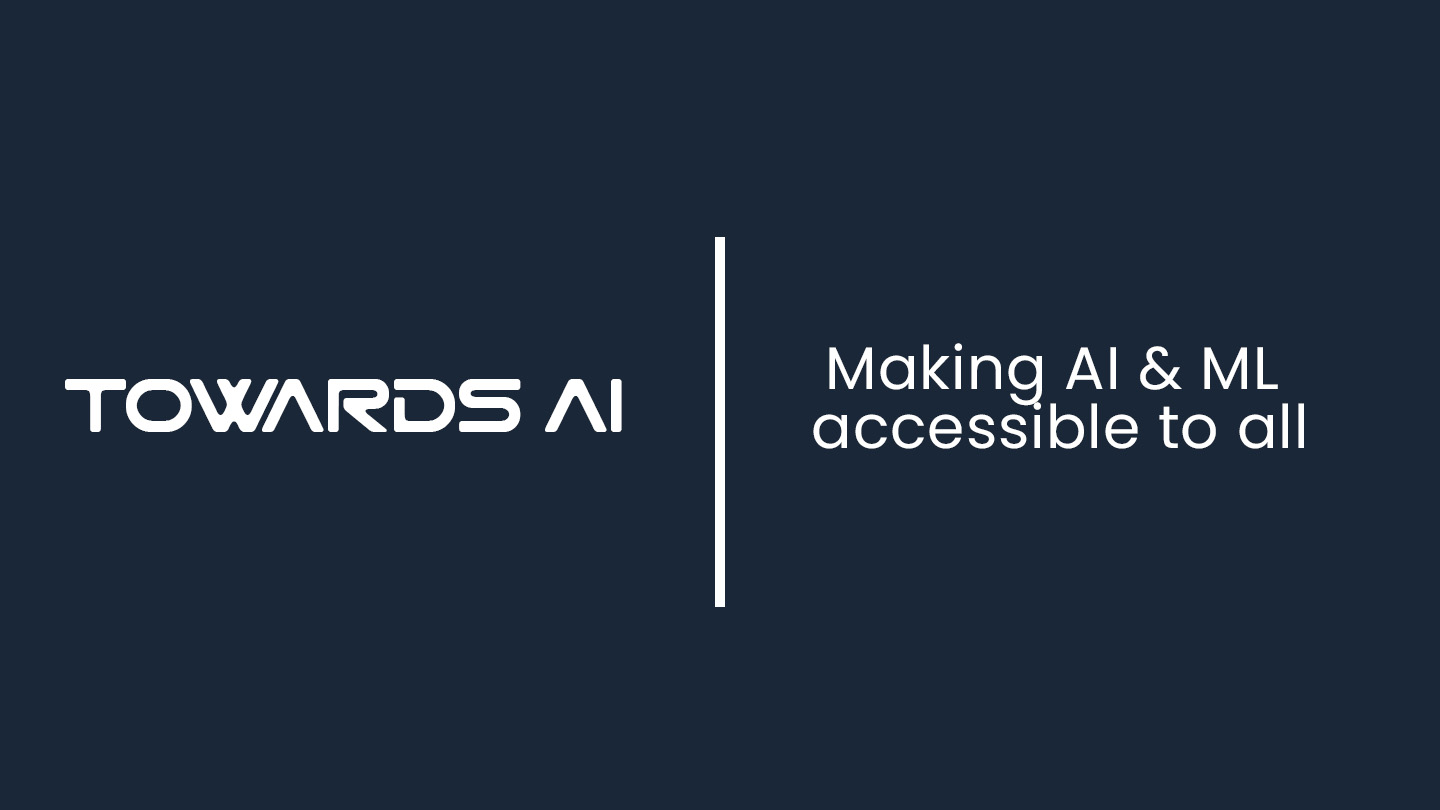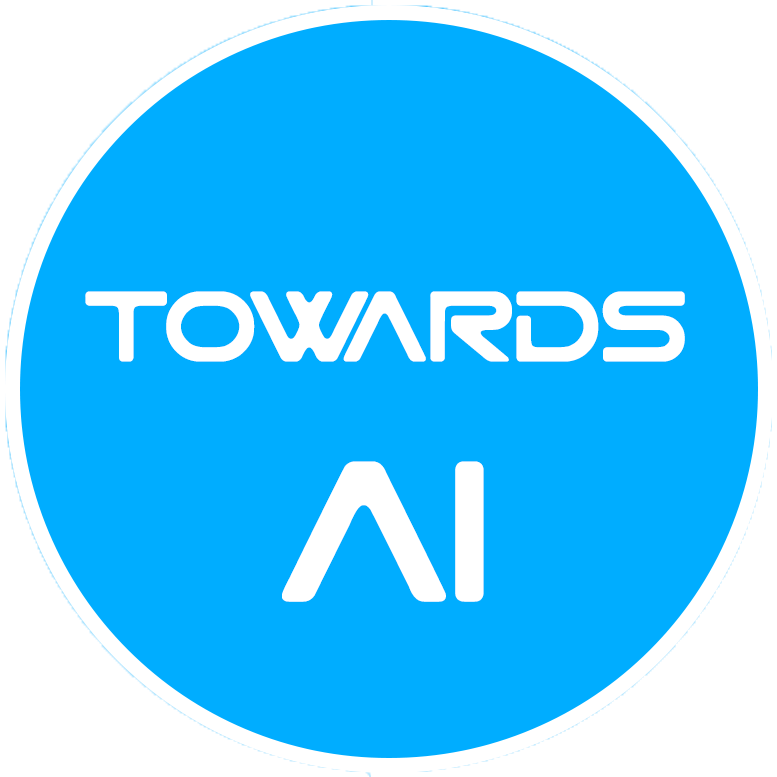
5 Design Patterns in Agentic AI Workflow
Author(s): Richard Warepam
Originally published on Towards AI.

AI agents are more than just fancy chatbots — think of them as autonomous helpers that can “think” and act on their own, orchestrating multiple steps or tools to accomplish a goal. In practice, agents often combine LLM-powered reasoning with external tools (databases, APIs, etc.) to tackle complex tasks.
Anthropic refers to all these setups as agentic systems, where a clear split exists: workflows run along predefined code paths, while true agents let the LLM decide its next moves dynamically. As more products rely on LLMs to do multi-step reasoning, it becomes essential to organize those steps using familiar design patterns. Much like software design patterns, these AI workflow patterns provide blueprints for breaking down complex jobs into manageable pieces, making systems easier to build, debug, and scale.
Below are five key patterns that keep agentic workflows on track. Each one represents a common way to choreograph LLM calls and tool use. Read on for an in-depth look for each pattern.
Prompt chaining is exactly what it sounds like: you chain a series of prompts together, where the output of one LLM call becomes the input to the next. In other words, you decompose a task into… Read the full blog for free on Medium.
Join thousands of data leaders on the AI newsletter. Join over 80,000 subscribers and keep up to date with the latest developments in AI. From research to projects and ideas. If you are building an AI startup, an AI-related product, or a service, we invite you to consider becoming a sponsor.
Published via Towards AI














